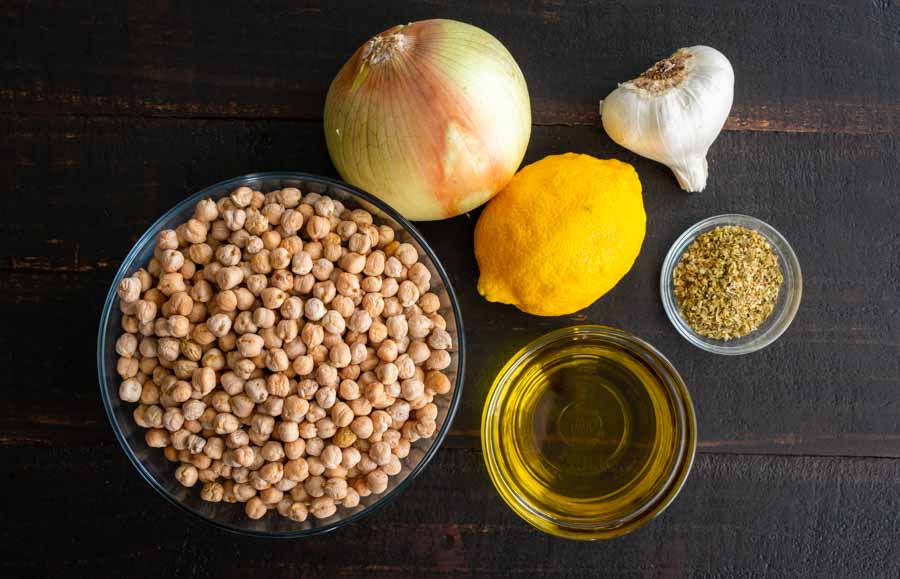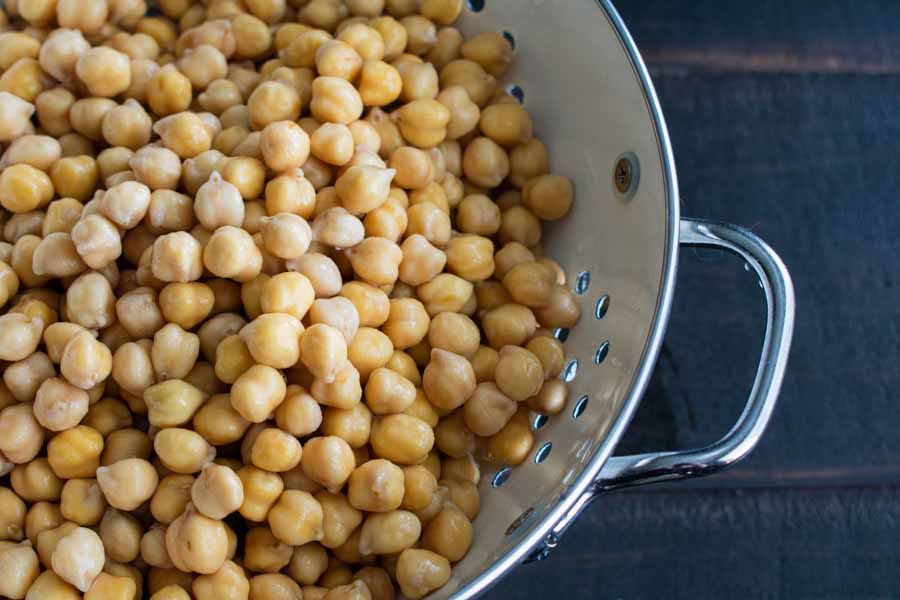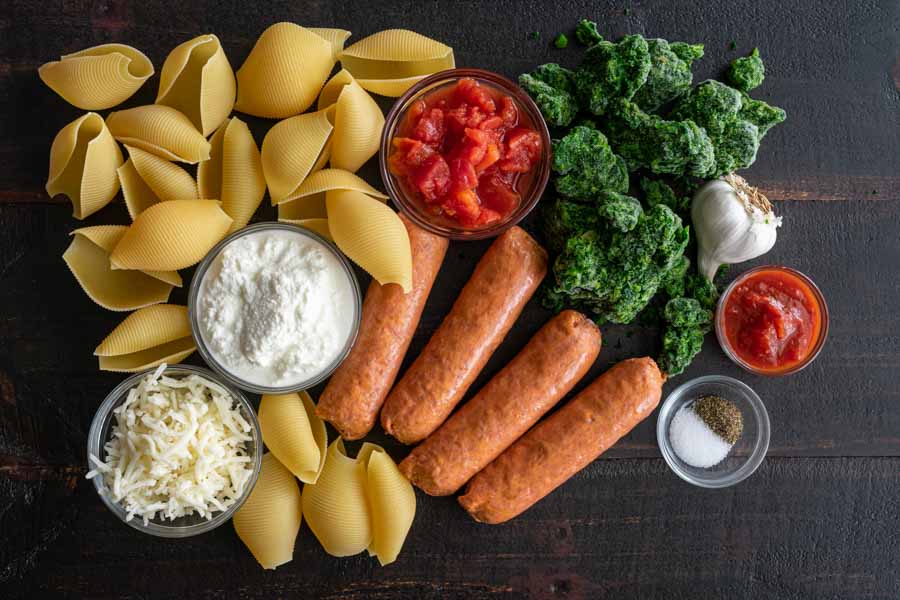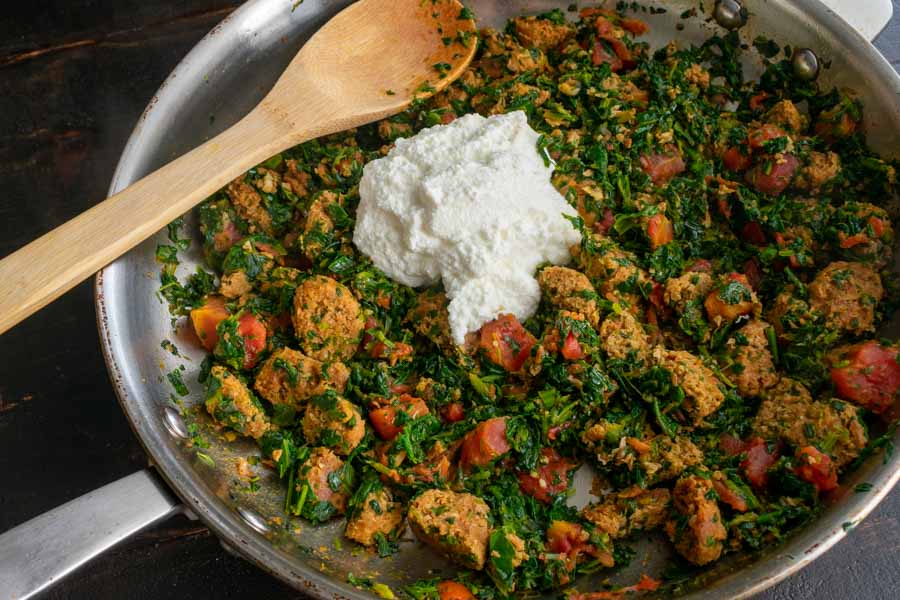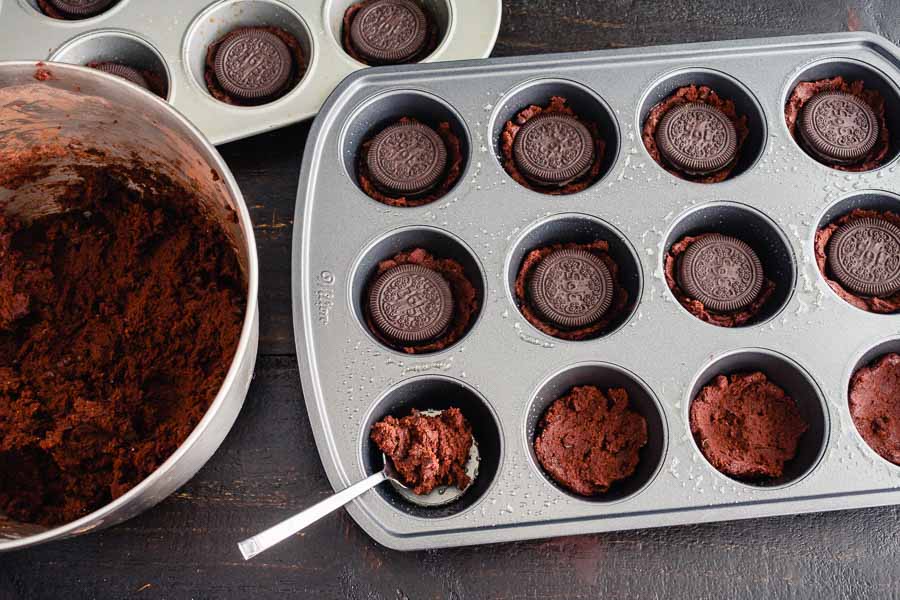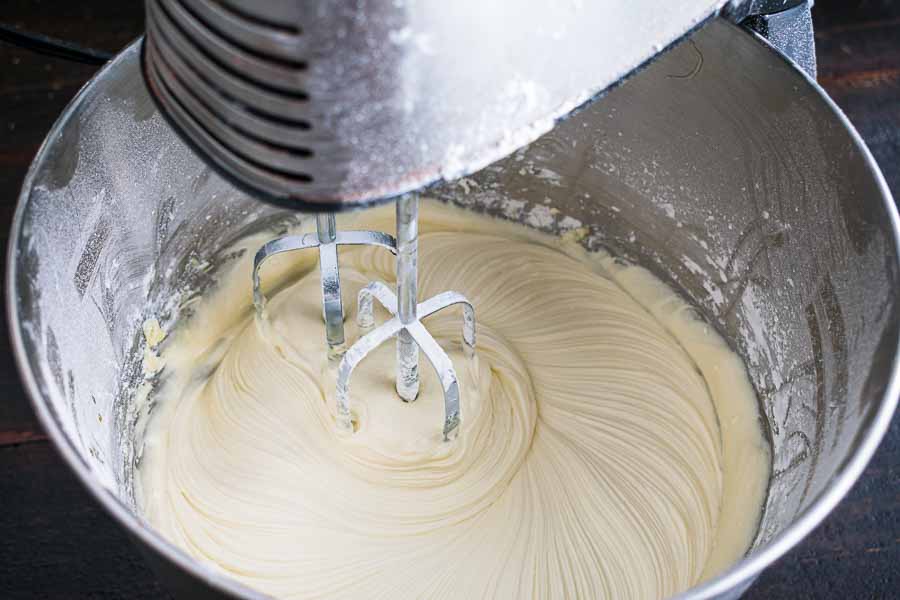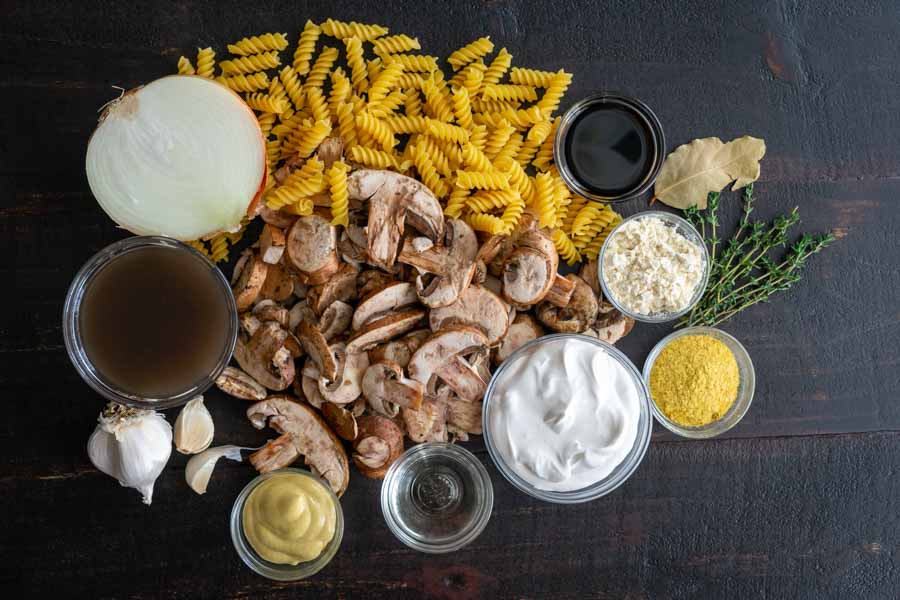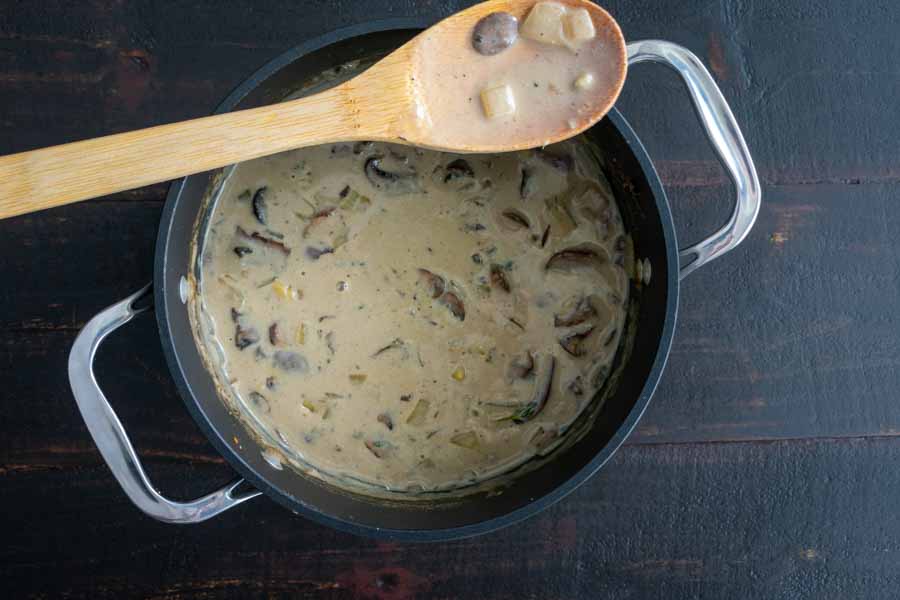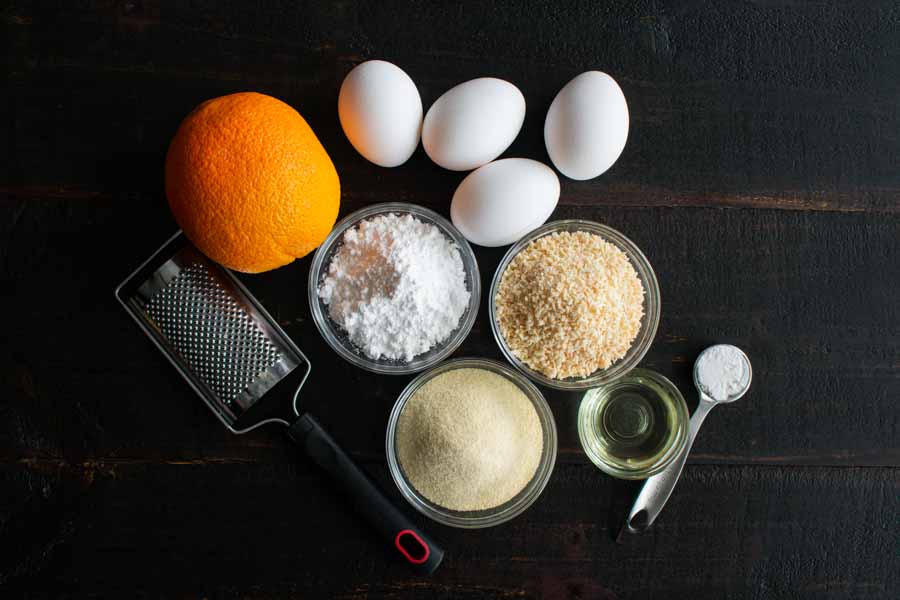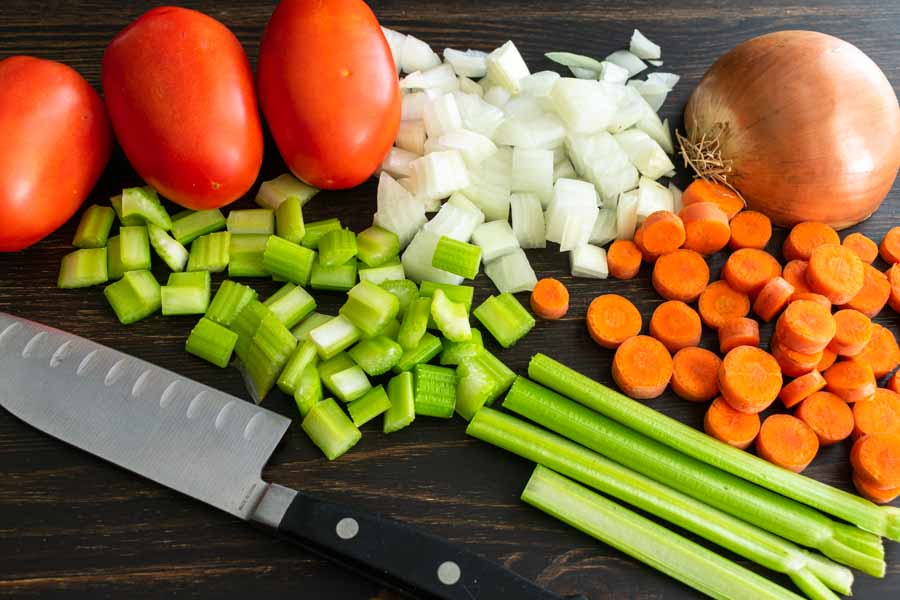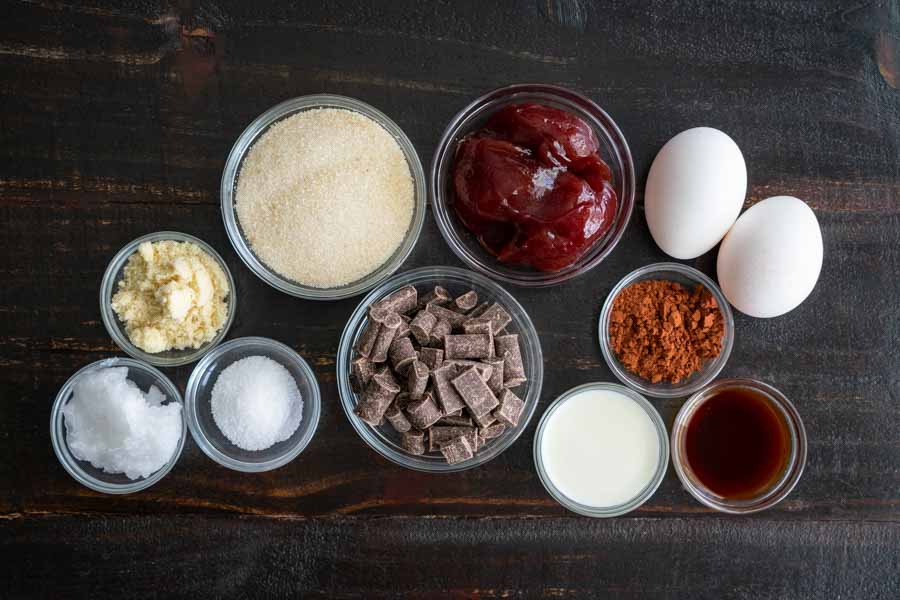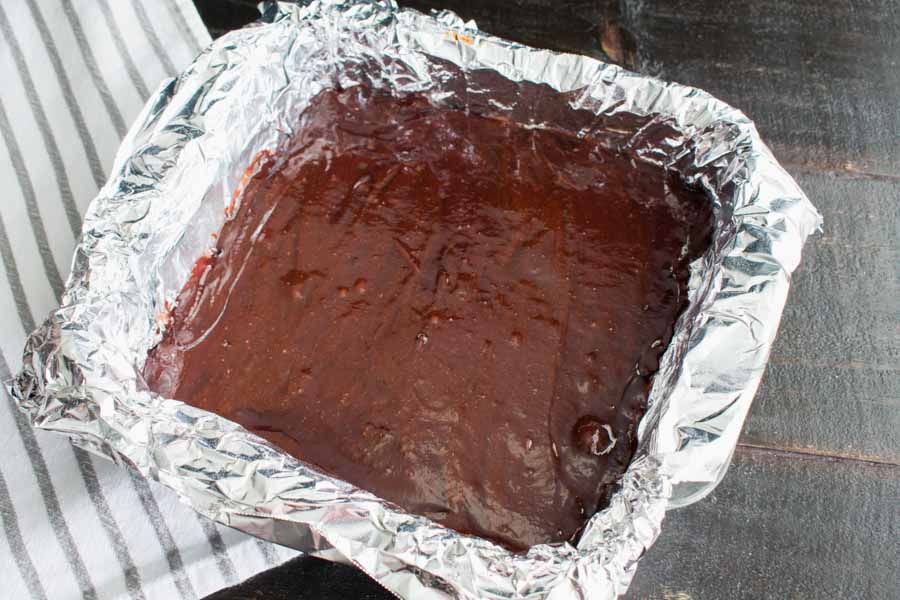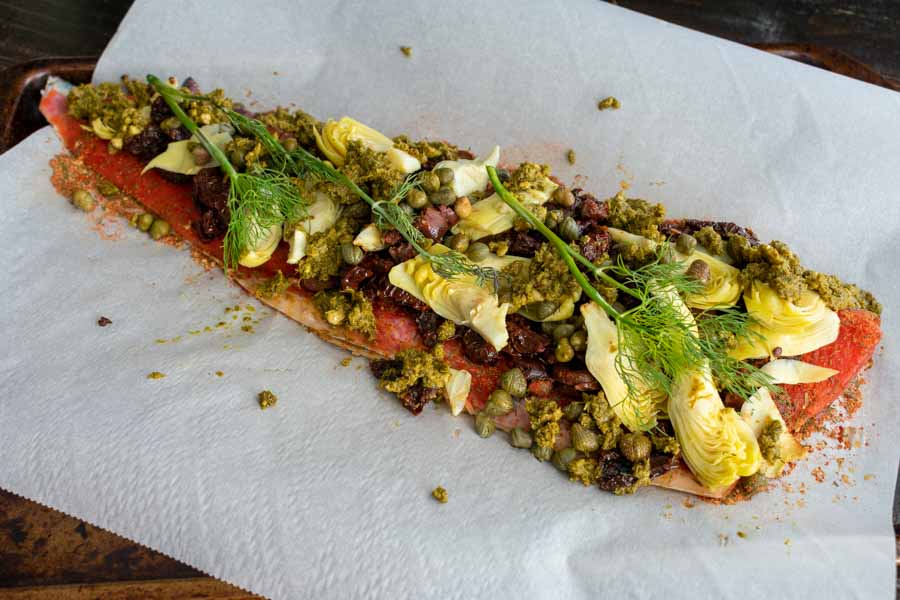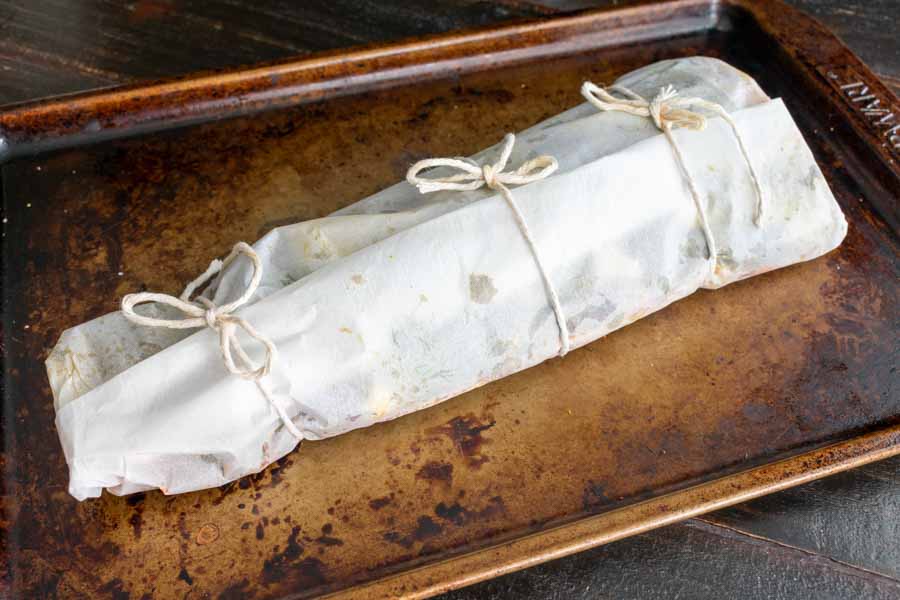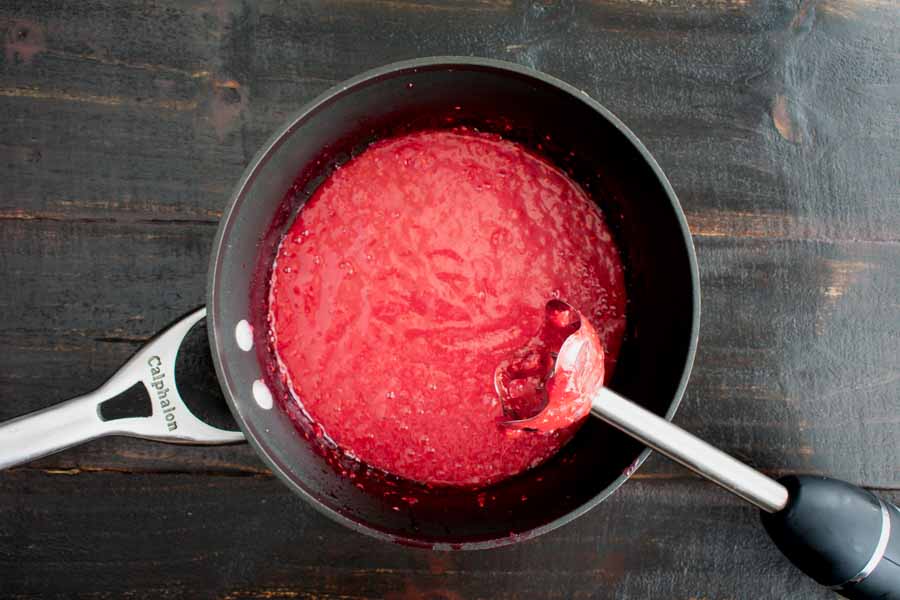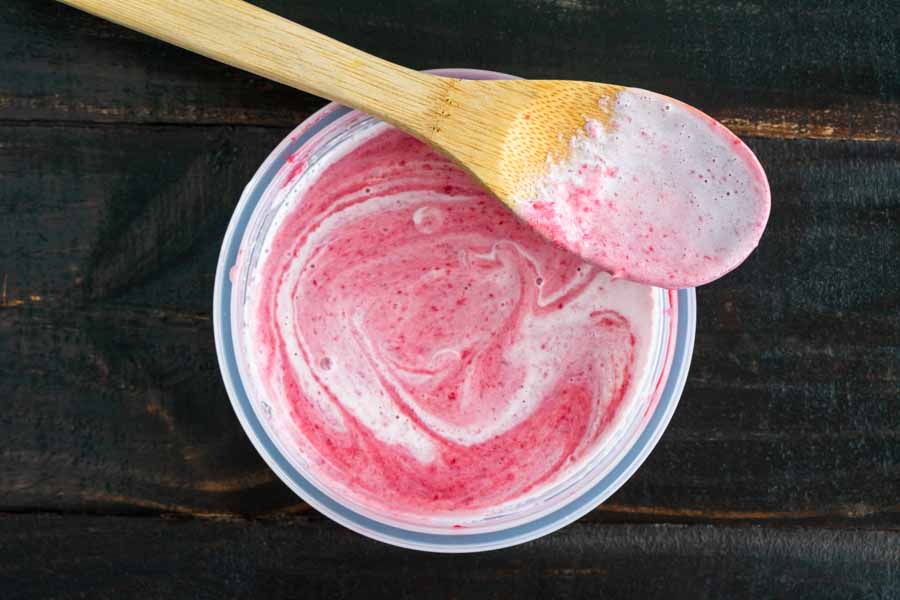I started this blog in May of 2017, and one of the first recipes I made was Turkish revani. It was delicious! A dense cake made of semolina flour that was soaked in a lemon simple syrup. I had never had anything like it before or since. Until now, that is! I have found a few versions of revani in my journies through Pinterest, but this Greek Ravani is different enough to deserve a blog post. The main difference is the use of coconut, but it doesn’t stop there. Read on to find out how different this Greek version is.
Looking for a traditional Greek Ravani recipe? This locally sourced recipe with step by step instructions will help you make the most syrupy, fluffy, tasty ravani cake!
The Ingredients
The basics ingredients of Greek Ravani were similar to its Turkish cousin: eggs, sugar, flour, and baking powder are included in both. This version is also soaked in lemon simple syrup, but it is made with lemon juice, not zest. That’s where the similarities pretty much end.
This version uses butter instead of oil and yogurt, and there is no semolina flour in it at all. That was a big surprise. Semolina four is commonly used to make pasta, and it’s finer than all-purpose flour. That made a denser cake that easily held together after soaking in syrup.
But the biggest difference was the addition of grated coconut and orange zest to the cake. Turkish revani had a plainer cake that relied on the syrup for its citrus flavor. This promises to be a much different cake.
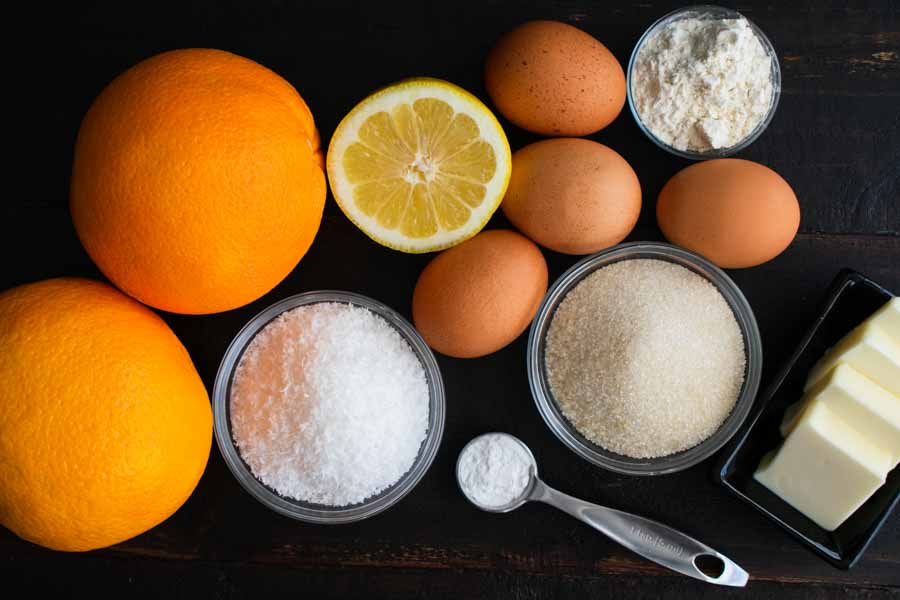
The Process
Even making these cakes was very different, and the Greek Ravani was more complex. The Turkish version was so simple. Make the syrup and let it cool, then mix up the cake ingredients in a single bowl, bake, and add the cooled syrup.
Greek Ravani used more steps and included separating the eggs and beating the egg whites into a meringue. The instructions promised this would create a fluffy cake and eliminate any eggy smell. I don’t remember that happening in the Turkish revani, but I went with it anyway.
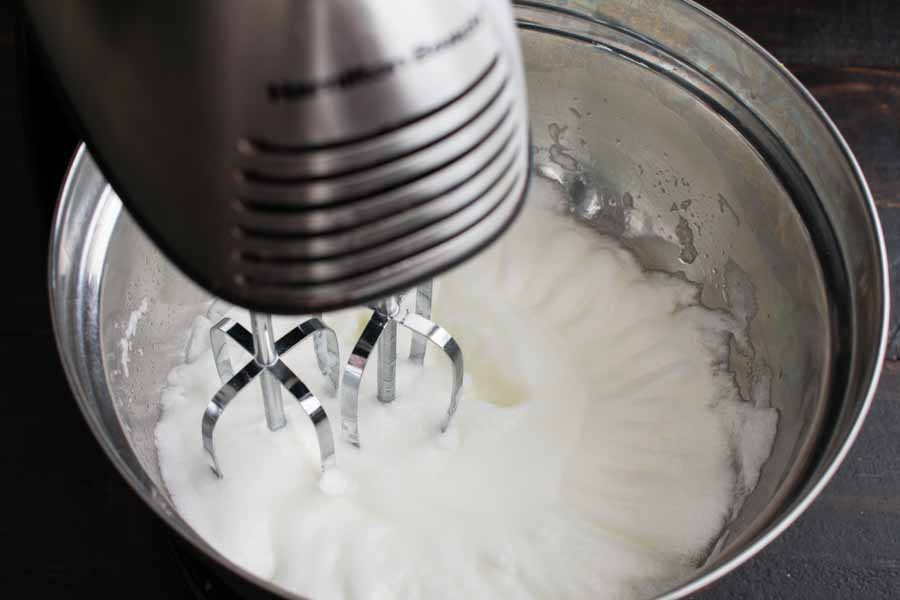
But before all that, I had to start with creaming the butter and sugar. I’m so glad I had a stand mixer for this cake! A hand mixer will work, but you might end up with a sore arm by the time you’re done!
I separated the eggs while the butter and sugar were mixing and added them to the stand mixer’s bowl. Then it was time to clean the beaters so I could make the meringue. I really appreciated the extra information about the beaters and bowl needing to be dry before I started.
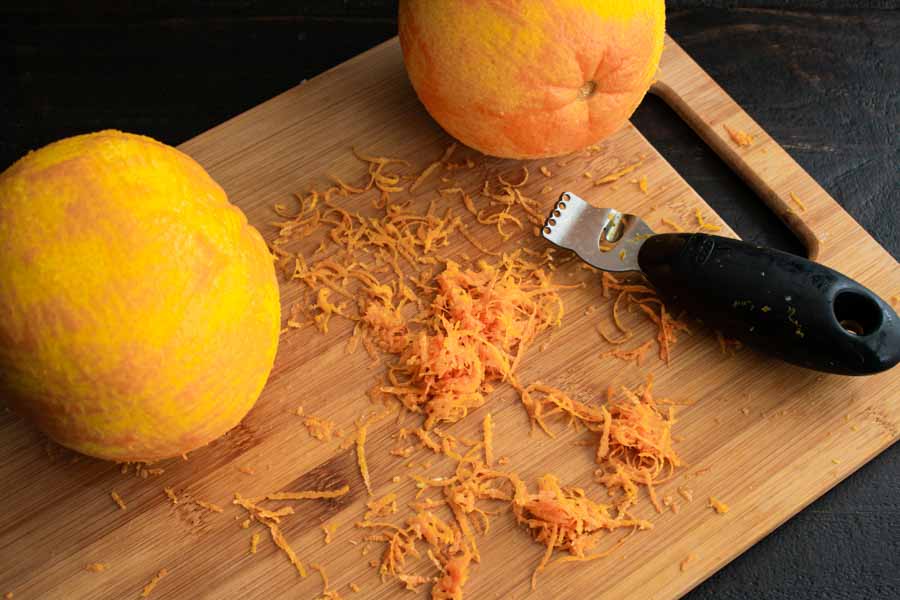
While the egg whites were being beaten, I mixed up the dry ingredients in yet another mixing bowl and zested the oranges. Then it was time to mix everything together to create the batter.
After that, I buttered and floured a cake pan and added the batter. (BTW, these quick release cake pans were perfect for this recipe.) It was very thick and came up to the top of the pan. It wasn’t in the instructions, but I placed the cake pan onto a sheet pan in case it overflowed (it didn’t).
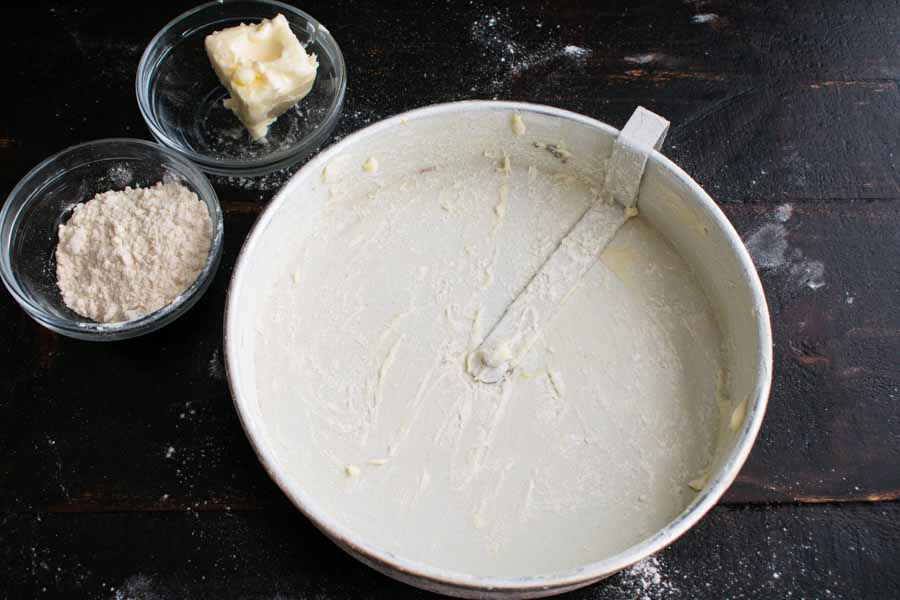
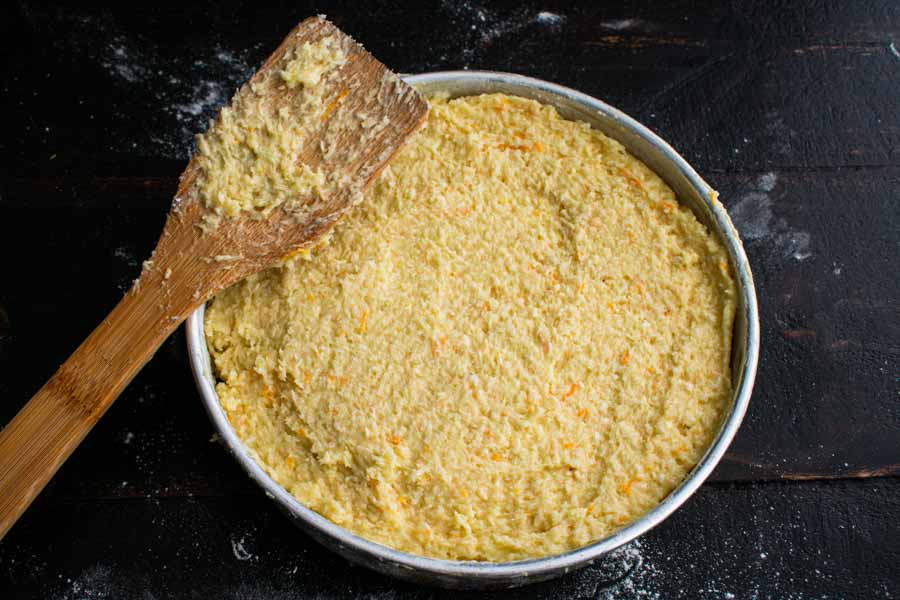
The Syrup
The syrup also has similarities and differences. Both used lemon simple syrup, but the Turkish version uses lemon zest and is made before the cake and cooled in the refrigerator. Then it was poured over the cake, and the lot was chilled before serving.
In Greek Ravani, the syrup is made after the cake and uses lemon juice. Then the warm syrup is poured over a slightly cooled cake, and the soaked cake is refrigerated to cool before serving, just like its Turkish counterpart.
Conclusion
Overall, this version had a lot more steps and took quite a bit longer to make. It had some similar ingredients and methods but it made a much different cake. Here’s how my time broke down:
- 26 minutes to prep
- 45 minutes to bake
- 30 minutes to cool the cake
- 13 minutes to make the syrup
- 6 minutes to pour the syrup over the cake
- 2 hours total


